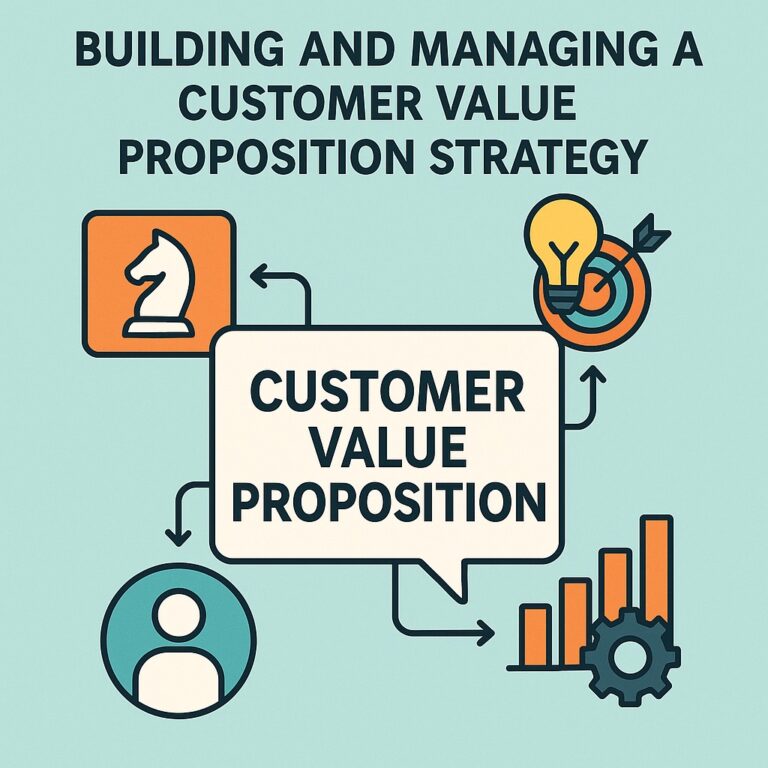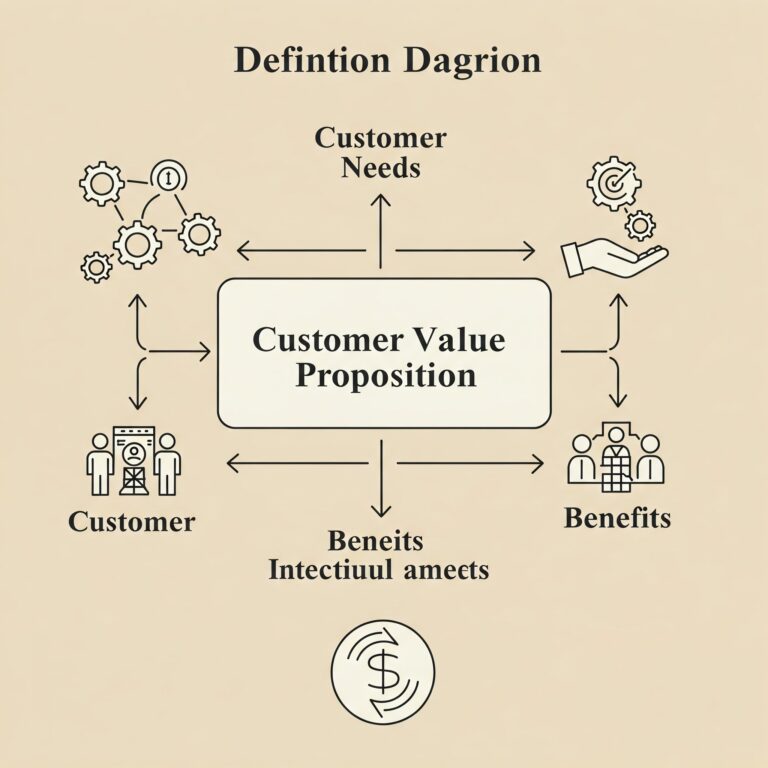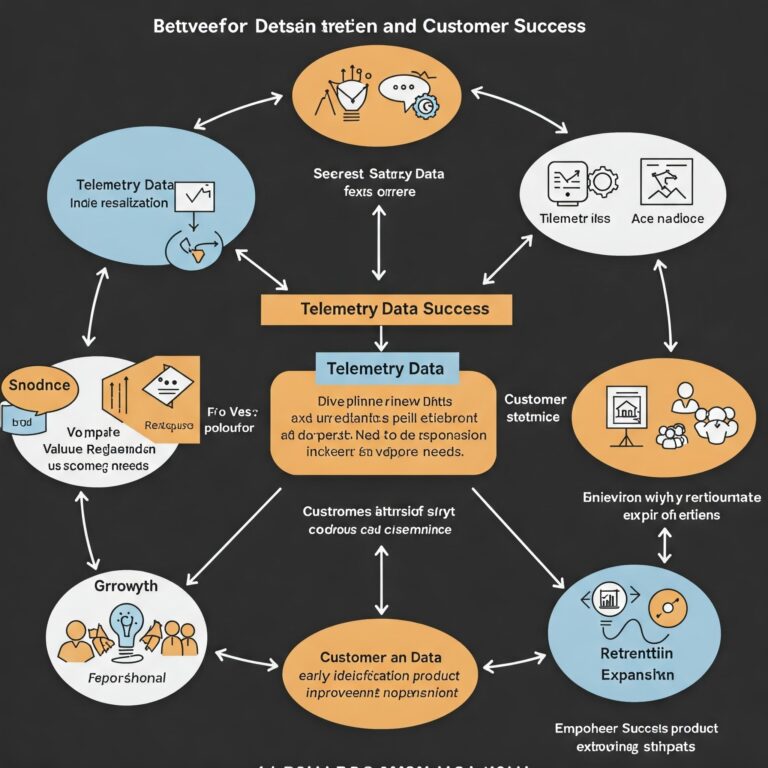Do you really know what your prospects are looking for? Do you know why they’re looking in the first place? Were you told by your development group or marketing department why your prospects buy products and services like the ones you sell?
Dismiss it! Buyer’s needs come from, well, buyers and no one else.
Without insight into a buyer’s real needs, you’re at a significant disadvantage. Buyers know what they want before they talk with you. Market research indicates that most buyers are at least 70% through their buying cycle by the time they speak with a vendor. It isn’t so much about features and benefits any longer—it’s about value. The buyer wants to know they’ll get the value in return for what they spend.
Remember that sales training you sprang for? Did it increase your sales? Did you get the long-term payback you expected? The answer is likely no. The problem here is the need for continuous reinforcement of sales basics and the lack of sales tools. Buyers today are far more sophisticated than buyers of the past. They do research and create committees to analyze needs from all departments within the organization. And, don’t forget there is this invention called Google to make research more accessible.
However, there is something you can do to offset this lack of buyer understanding. Conduct a Value Inventory Workshop. (Or better yet, have us do it!) A Value Inventory Workshop is just what it sounds like. It’s the creation of an inventory of the values your products and services bring to your customers.
The workshop is a two-part exercise beginning with a persona. You establish a persona that owns a budget. Once you have chosen that persona, answer the simple question of why buy? Once you’ve collected all the possible reasons someone would buy from you, return to the top and determine the Business Issue. We do this by reading the “Why Buy” statement and adding the word “because.” Add an adjective and unit of measure, and you’ve just identified your Business Issue! Next, it’s essential to determine the buyer’s Desired Outcome. Desired Outcome is simply a metric that identifies the reason to buy and can be measured.
The key to value selling is identifying pain and measuring its economic impact on your prospect’s business.
Desired outcomes simply establish the status quo and provide the ability to return and measure your success long after the buyer’s journey.
Take your time and think hard about why your prospects buy from you. This exercise will enlighten you if you invite others in your organization to participate.
Once you’ve identified the reasons to buy, business issues and desired outcomes, prioritize your answers by coding them with a 1, 2, or 3. A 1 means this issue is top-of-mind for the persona. In other words, your persona wakes up every day thinking about this issue. A 2 identifies an issue that must be resolved in the short term. I would say three to nine months. Finally, a 3 is an issue that simply resides on their to-do list after nine months.
This is essentially the first half of the exercise. The second half is all about monetizing your value proposition. Add a column to identify your solution and apply a solution to each line you’ve identified. Once you’ve identified a solution, evaluate each line and ask yourself, “If we were being judged on this line alone, would we win, lose, or draw?” Use a code of 1-win, 2-draw, or 3-lose.
The last two columns are essential to understanding your actual value. Look at each reason to buy and your solution. Do you reduce a cost, avoid a cost (mitigate a risk), or increase revenue? Lastly, use the Value Metric column to identify the cost reduction, mitigated risk, or type of revenue improvement. (See below)
A Value Inventory Workshop is a great way to engage your entire team on value selling. Invite sales and marketing, and even product management. The more perspective you can get, the more accurate the results.
Look closely for the level of importance being a 1 and the competitive analysis being a 1. Any 1-1 combination indicates the persona’s issue is top-of-mind, and you have a competitive advantage.
Finally, aside from the fact that you’re gaining tremendous insight into your buyer’s reasons for buying, getting your entire team on the same page and determining the most significant values your product or service can deliver will enable you to field objections before you’re taken by surprise.





